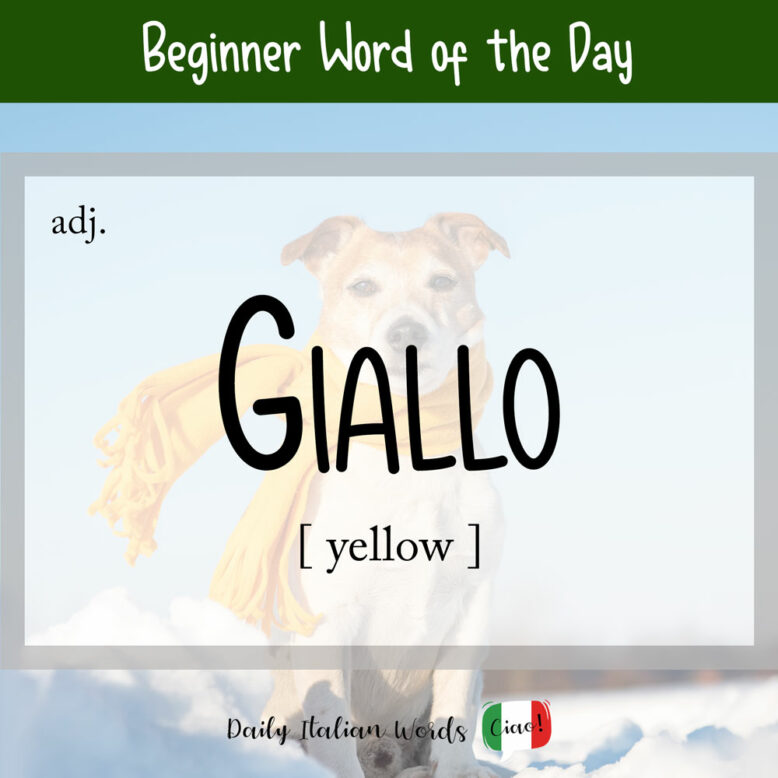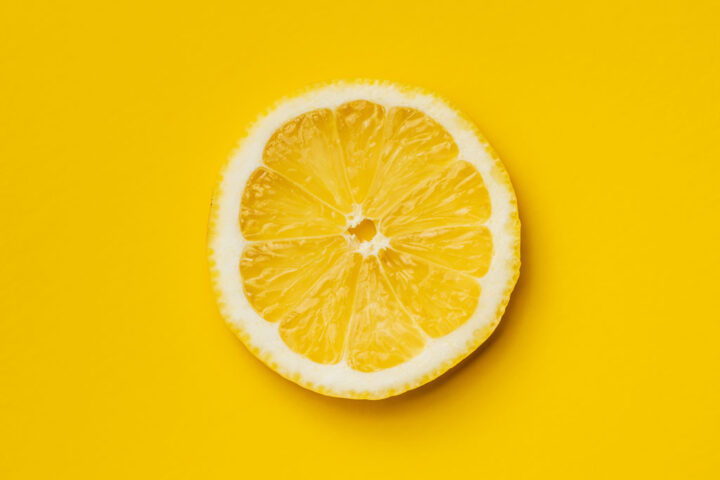One of the seven colours that sits between arancione (orange) and verde (green) on the spectrum is giallo (yellow). It is also one of the three primary colours along with rosso (red) and blu (blue).

It comes from the Latin word galbĭnus which means greenish-yellow or yellowish.
Il giallo era il mio colore preferito quando ero piccolo.
Yellow was my favourite colour when I was little.

When used as an adjective, the ending changes according to the gender and number of the subject.
- giallo = masculine, singular
- gialla = feminine, singular
- gialli = masculine, plural
- gialle = feminine, plural
Indossa questa giacca gialla, così ti posso trovare facilmente in mezzo alla folla.
Wear this yellow jacket so I can easily find you in the crowd.
In Italian, the colour isn’t the only thing the word giallo denotes. It is also the word for any film or novel with an exciting and mysterious plot, typically involving crime or espionage. A few possible translations in English include thriller, crime novel or detective story.
Adoro i gialli! Li leggo tutti d’un fiato.
I love crime novels! I read them all in one go.
By extension, it can also refer to real life events shrouded in mystery.
Il giallo si è risolto stamattina quando hanno trovato il colpevole.
The mystery resolved itself this morning when they found the culprit.
Other popular uses include the pagine gialle which means yellow pages and farina gialla (yellow flour) which in Italian is the flour that comes from corn.
Heather Broster is a graduate with honours in linguistics from the University of Western Ontario. She is an aspiring polyglot, proficient in English and Italian, as well as Japanese, Welsh, and French to varying degrees of fluency. Originally from Toronto, Heather has resided in various countries, notably Italy for a period of six years. Her primary focus lies in the fields of language acquisition, education, and bilingual instruction.


